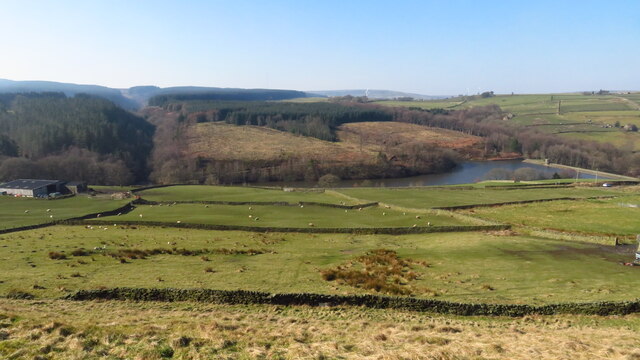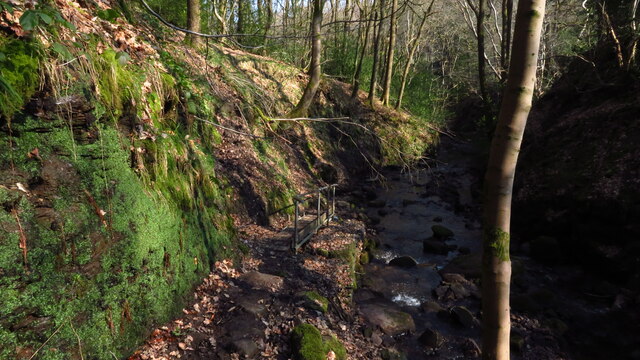Morton Wood
Wood, Forest in Yorkshire
England
Morton Wood
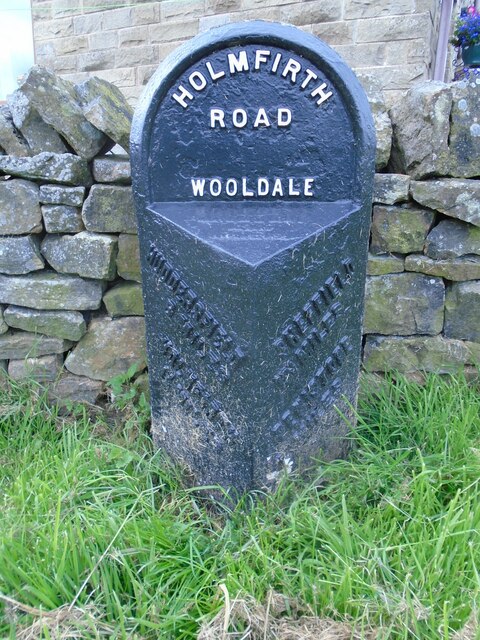
Morton Wood is a picturesque forest located in Yorkshire, England. Covering an area of approximately 500 hectares, it is a haven for nature enthusiasts and outdoor adventurers. The wood is situated near the village of Morton, surrounded by rolling hills and scenic landscapes.
The forest is primarily composed of deciduous trees, including oak, beech, and birch, which provide a rich and diverse habitat for a wide variety of plants and animals. The woodland floor is carpeted with an array of wildflowers and ferns, creating a vibrant and enchanting atmosphere.
Morton Wood offers numerous walking trails, allowing visitors to explore its beauty at their own pace. These trails cater to all levels of fitness and provide opportunities to spot wildlife such as deer, foxes, and a myriad of bird species. The forest is particularly renowned for its birdwatching, attracting enthusiasts from all over the country.
In addition to its natural splendor, Morton Wood also holds historical significance. It is said to have been a part of the ancient Sherwood Forest, which was famously associated with the legendary outlaw, Robin Hood. The forest still retains an air of mystery and romance, with tales of hidden treasures and ancient legends.
Overall, Morton Wood is a captivating destination for nature lovers and history enthusiasts alike. Its breathtaking scenery, abundant wildlife, and rich cultural heritage make it a must-visit location in Yorkshire.
If you have any feedback on the listing, please let us know in the comments section below.
Morton Wood Images
Images are sourced within 2km of 53.556364/-1.7619413 or Grid Reference SE1506. Thanks to Geograph Open Source API. All images are credited.

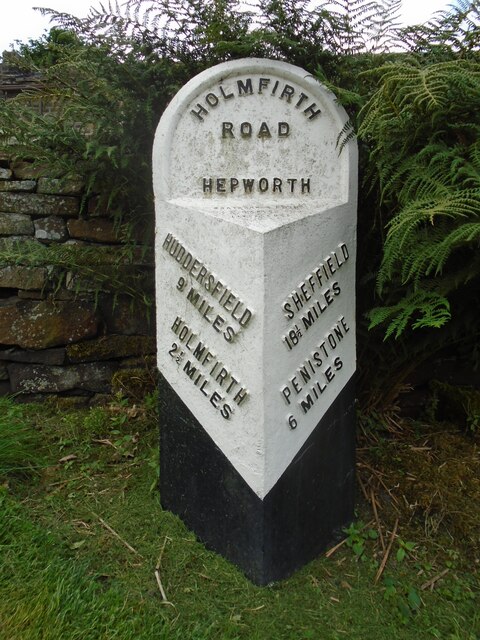
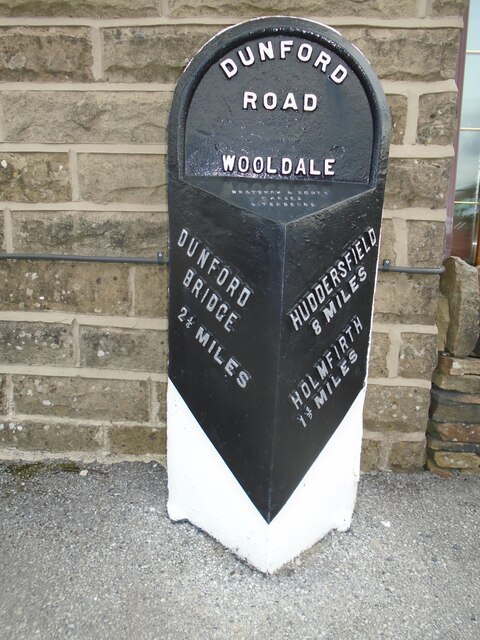
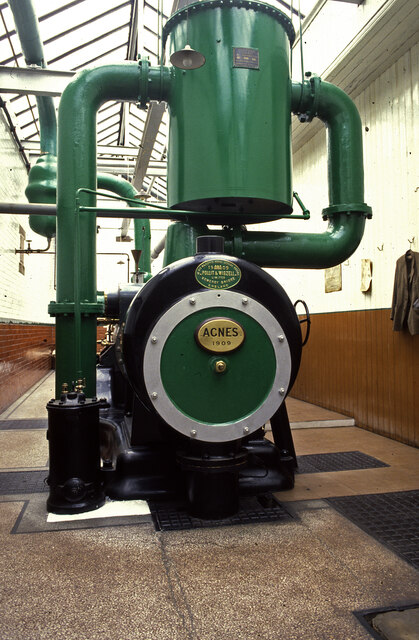
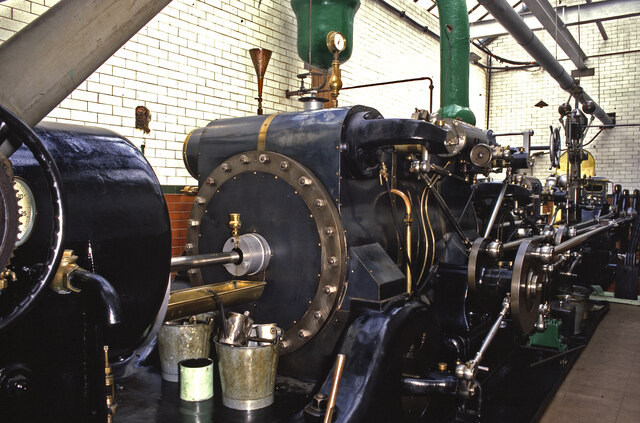
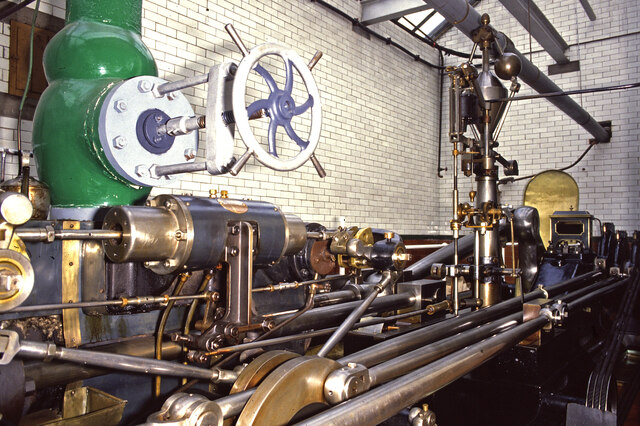
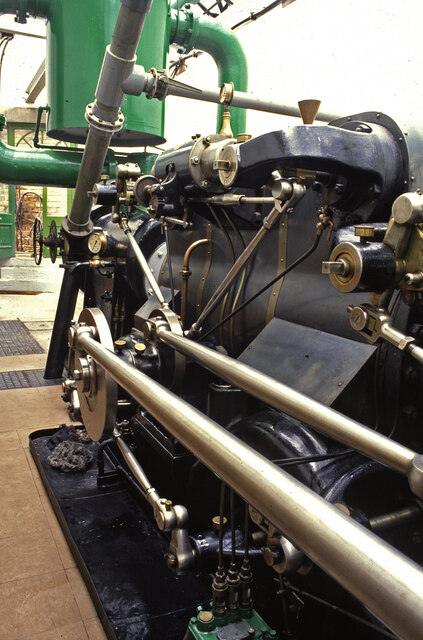
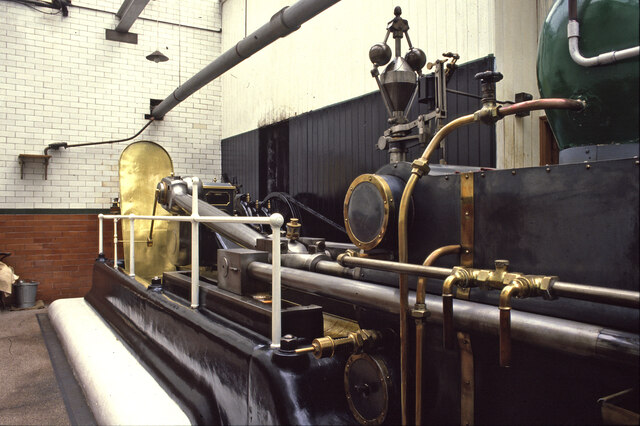
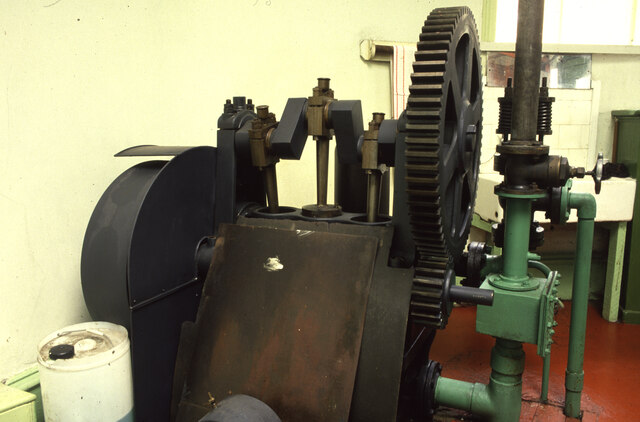
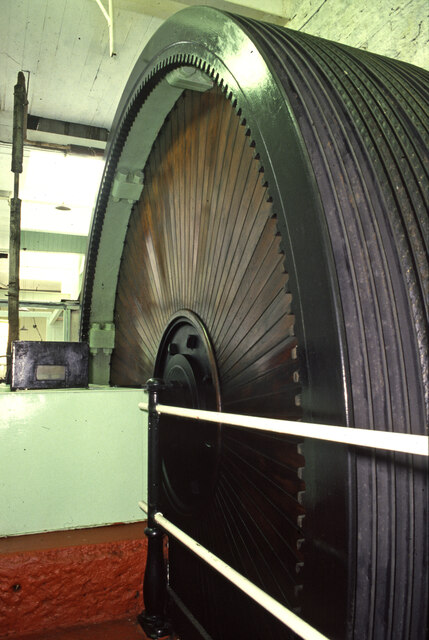
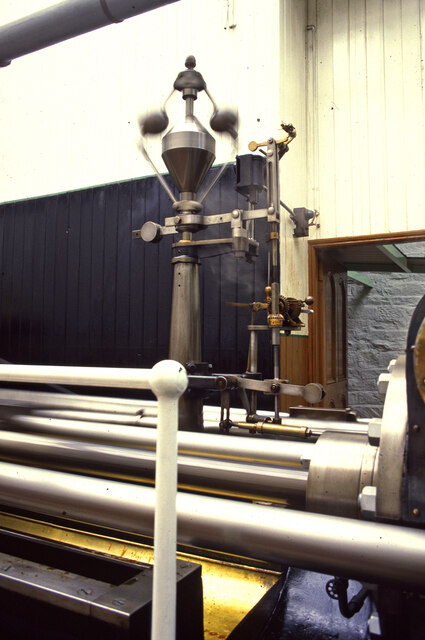
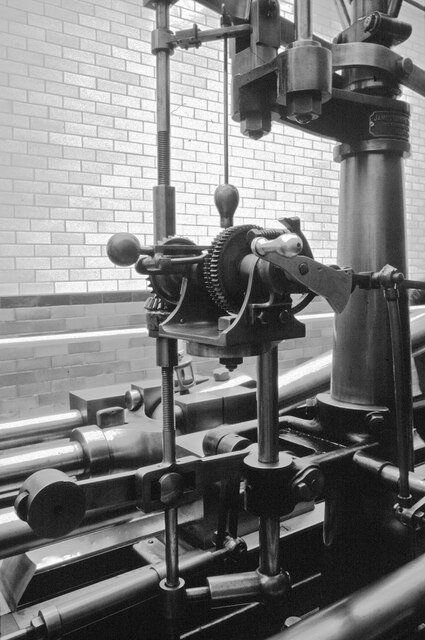
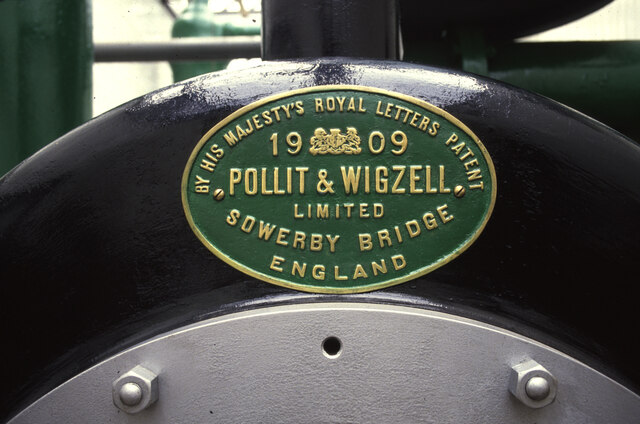
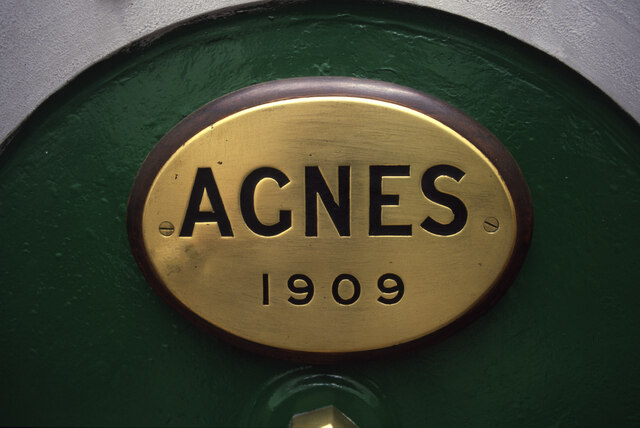
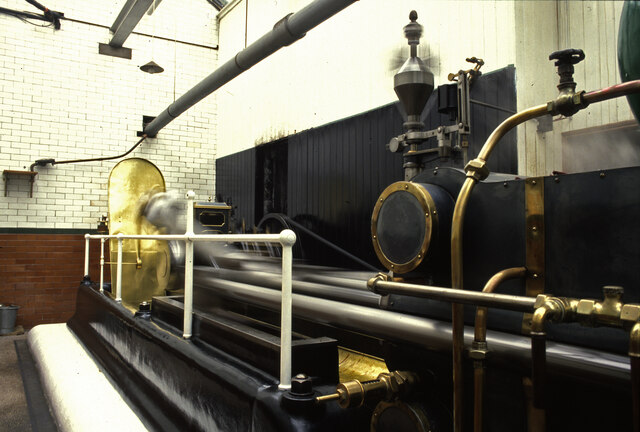

Morton Wood is located at Grid Ref: SE1506 (Lat: 53.556364, Lng: -1.7619413)
Division: West Riding
Unitary Authority: Kirklees
Police Authority: West Yorkshire
What 3 Words
///waxes.expel.boldest. Near Holmfirth, West Yorkshire
Nearby Locations
Related Wikis
Hepworth, West Yorkshire
Hepworth is a village and former civil parish, now in the parish of Holme Valley, in the metropolitan borough of Kirklees, in West Yorkshire, England....
Scholes, Holme Valley
Scholes is a village and former civil parish, now in the parish of Holme Valley, in Kirklees, West Yorkshire, England. It is situated 1 mile (2 km) to...
Barnside
Barnside is a hamlet on Barnside Lane approximately 3/4 mile to the southeast of Hepworth in West Yorkshire, England. It is in the civic parish of Holme...
Totties
Totties is a hamlet between New Mill and Scholes near Holmfirth in West Yorkshire, England. Although it consists of no more than 70-80 houses, it has within...
Nearby Amenities
Located within 500m of 53.556364,-1.7619413Have you been to Morton Wood?
Leave your review of Morton Wood below (or comments, questions and feedback).
